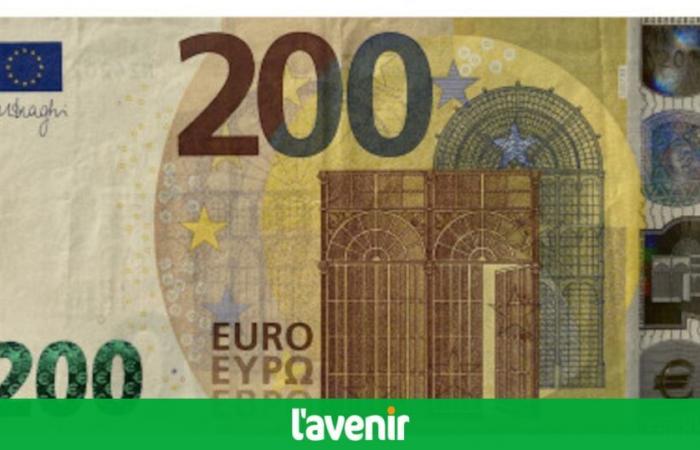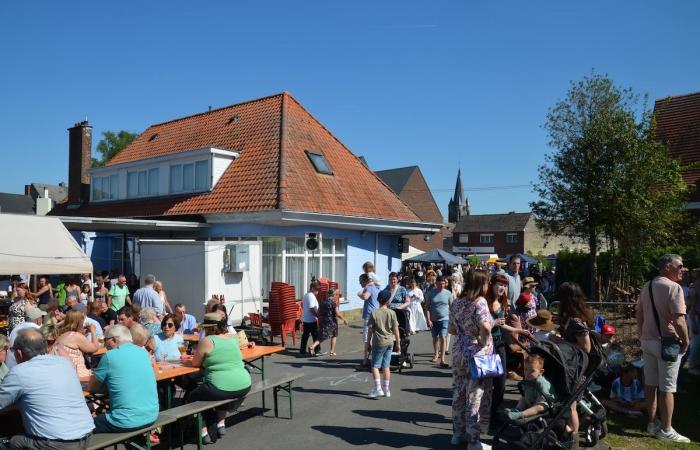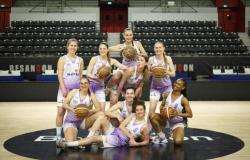
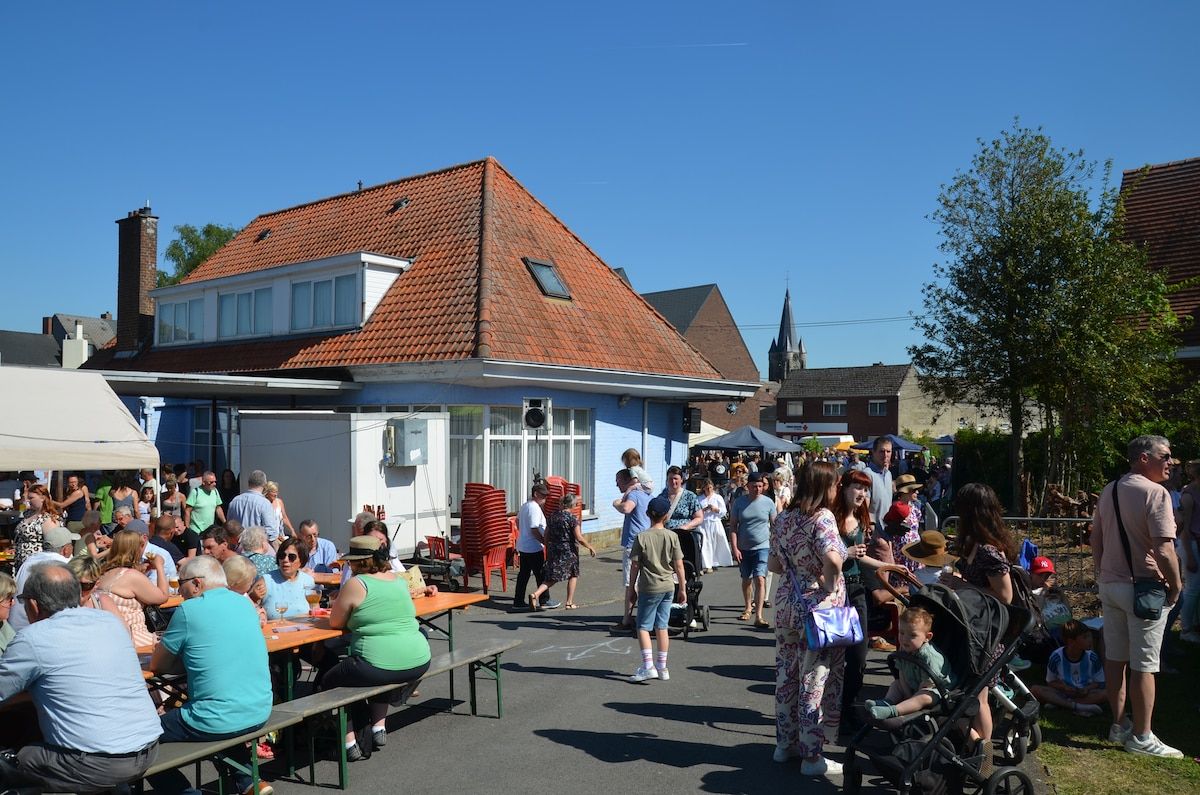
By deploring the damage brought to their actions, they also encourage other organizing committees of festivities to caution. “We call on all local associations to the greatest vigilance. The author has also raged in Wodecq. It is clear that our associative fabric is targeted. As a police advisor, I will ask the chief or the president of zone that, during each event authorization request, associations are now alerted to this specific risk. We must better inform to better protect yourself”, pRécise Marian Clément. A complaint was filed with the police.
Advice to detect them
The same facts were actually repeated during the Ducasse de Wodecq last weekend: “An individual took advantage of the festivities in order to exchange faux tickets of 200 euros for small consumption. This man went to the fried from the village, under the marquee of the festival committee and again, to the fanfare refreshment bar “relates Nicolas Herbecq, one of the organizers, who denounces like the Frasnois a gesture qualified as abject: “SHonest to have stolen our boxes, you are just disgusting and contemptuous! This money would have been reinvested in beautiful projects …“

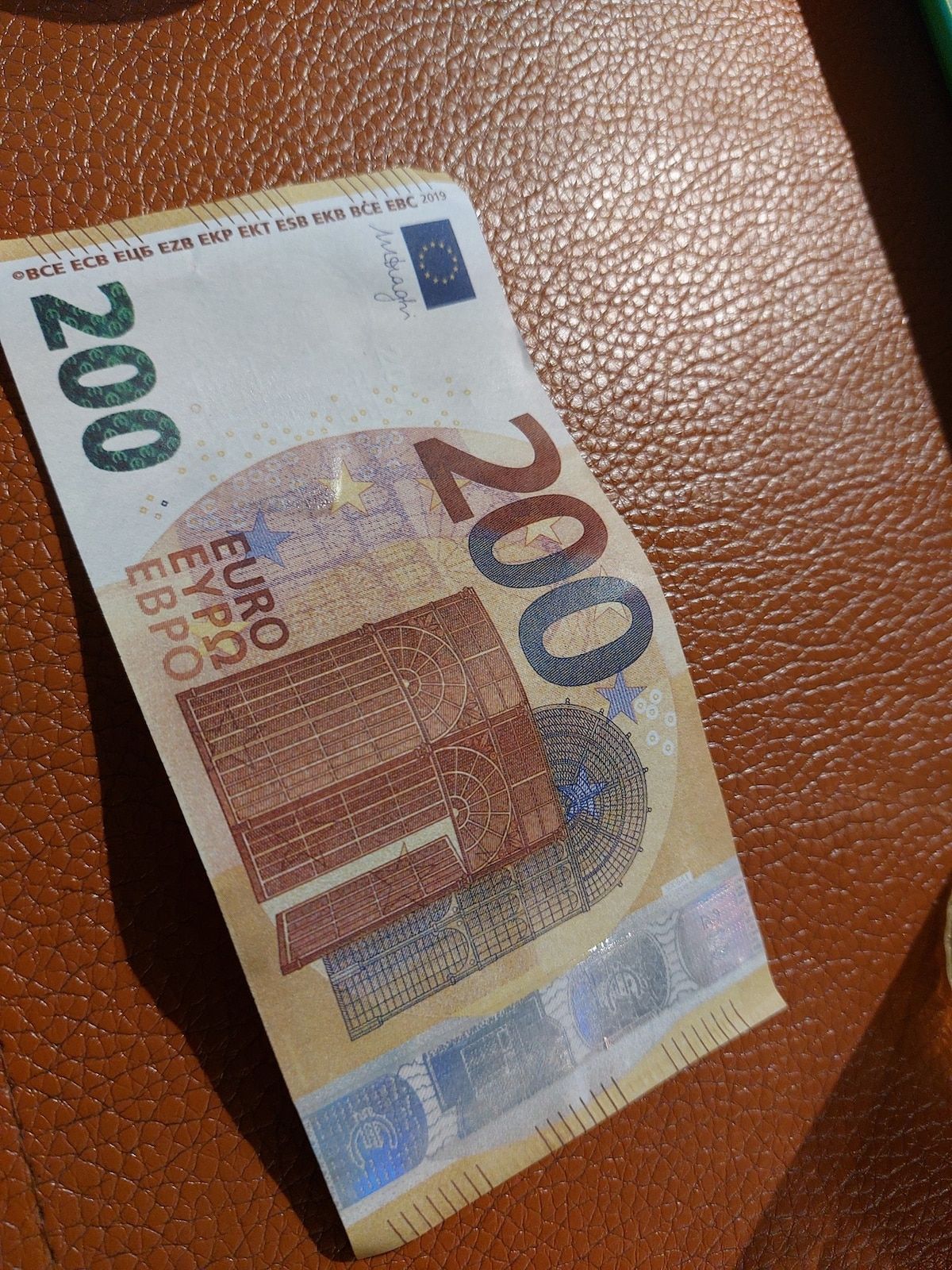
When it comes to distinguishing a real ticket from a false, when you do not have a detector, the European Central Bank (ECB) recommends adopting the “sorting” method, an acronym to touch, look, tilt.
-Touch the ticket: A false ticket often has a paper of quality lower than that of a real, thicker and more rough than a false. By passing his finger on the front of a “real”, we feel a series of small lines in relief.
Watch the ticket carefully: Examine the ticket by transparency. The portrait window, the watermark and the safety wire become visible.
Tilt the ticket: La silver strip reveals a portrait of Europe through a transparent window and the emerald number produces an effect of light which moves from top to bottom and from bottom to top.

